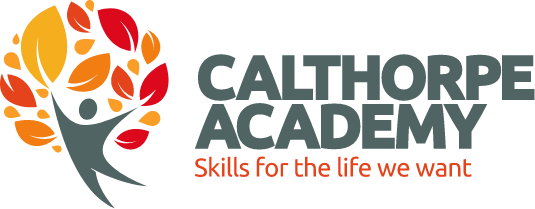Addressing Autism Needs

Our students present very differently, both from neurotypical individuals and from each other. They are fully representative of the autism spectrum
Given the diversity within the autism spectrum and between individuals, there is no single educational intervention that is useful for all students, and no single intervention that would on its own be sufficient to meet all the needs of a particular student on the autism spectrum.
Each student’s needs are assessed and catered for on an individual basis. However, some common practices throughout lessons and around school include:
- Clear boundaries and structure are in place, displayed and given verbally
- Instructional vocabulary is reduced as appropriate
- Sayings, metaphors, euphemisms and abstract language are kept to a minimum to support students’ literal understanding and are taught directly when a student is at the appropriate cognitive level.
- A focus on Theory of Mind and how this can impact on students’ interpretation of situations, their relationships with others, understanding of self and their ability to learn
- The use of social stories and comic strip conversations to support development of Theory of Mind and social understanding
- An understanding of students’ levels of Executive Functioning with taught strategies to aid personal organisation, independence and problem-solving skills
- The use of sensory adaptations to help students manage a shared classroom environment
- Visual supports, including Communication in Print are used, where appropriate, to aid understanding
- Additional auditory processing time is given where required.
- A focus on the physical environment, creating a calm, uncluttered and safe school, addressing students’ sensory needs and creating visual structure
- Appropriate consequences, rewards and graded sanctions, with clear and timely communication to ensure understanding and to support students’ sense of fairness
- Developing students’ Central Coherence and understanding by presenting them with the relevant links to help put experiences, meanings and learning in context and support their generalisation of what they have learnt.
- Involving students in decision-making about individual and whole school issues
- Developing students’ understanding of the world around them and the importance of their place and role in society
- Encouraging a sense of pride and self-esteem
- Raising aspirations

How do we ensure consistency of standards across the school and identify staff development requirements?
The Autism Education Trust Competency Framework (see link below) forms the basis for staff development and training at Corley Academy.
The Autism Education Trust (AET) has developed this set of competencies with funding from the Department for Education in England, to describe the knowledge, understanding and skills that staff working in schools and other educational settings require to work effectively with pupils on the autism spectrum.
Autism Education Trust National Autism Standards are used to inform and evaluate whole school provision at Corley Academy. Please click the link below for further information.
A set of standards from the AET, to enable educational settings to evaluate their practice in addressing the needs of pupils on the autism spectrum.
The Standards have been designed to enable staff in schools and educational settings to ascertain the extent to which the needs of pupils with autism are addressed by analysing policies, systems and whole school development work.









